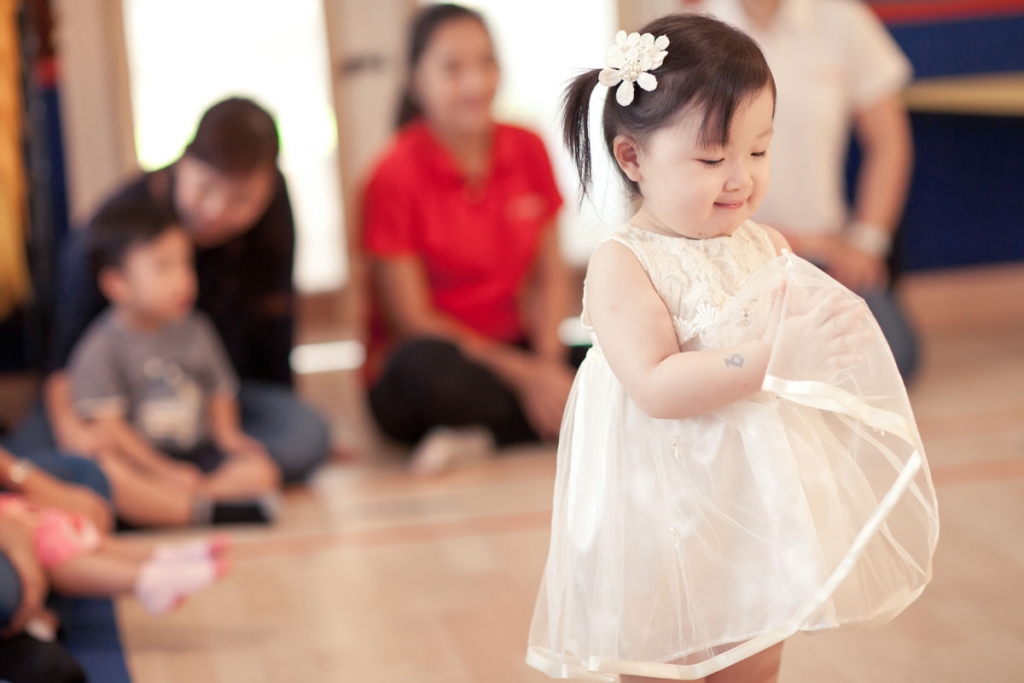Understanding Misbehaviour in Children

Coping with Separation
January 7, 2019Understanding Misbehaviour in Children


“My child doesn’t want to go to school.”
“He’s so playful, never wants to work.”
“She’s very lazy and won’t want to do her homework.”
“My son doesn’t want to sit still. He only wants to run and play.”
These parental woes often end with the common lament: “He’s very naughty!”
Yes, it may seem that way, a mischievous child who doesn’t want to learn or work. My response to statements like these is always, why is he like this? Why does he appear to be naughty? Why does he need to misbehave?
Experience has taught that misbehaviour is caused by one of three things. Either, the child is unable to cope in a situation, or he thinks that he’s unable to perform to expectations, or his misbehaviour is a learned behaviour. So as parents, let us understand misbehaviour in our children and how we can best support them.

1. Children need time and understanding to cope with changes
Children learn by copying those around them. They acquire their language and behaviour patterns from those they love because they want to be just like them. From the time they are born children are soaking up the sounds and rhythms of language, watching body language and assimilating whole codes of conducts and communication. A two year-old knows well how to behave and what is expected of him.
At home he’ll have his own belongings; toys, clothes, bed, personal space and respect from the family in which he’s an important member.
The problems start, for some, when they go out into the world and are expected to conform to the behaviour expected in a class or societal group; to share toys, take turns, be kind and sensitive to others. Unless these values have been part of this routine at home he’ll hit his first brick wall at around age two to three years old, and it can be painful experience. Mum and dad may say, “He doesn’t want to go to school. He cries all the way there. He’s very naughty.”
Not so! He just needs understanding while he’s learning that at school things are different. Mum and Dad will come back later to take him home, but while he’s there, if he shares the toys and the teacher’s attention, he’ll have a lot of fun and enjoy learning by playing, singing, dancing, listening to stories and making things. Of course Mum and Dad can help the socialisation process by preparing him to go to school, so it’s easy for him to conform. He’ll need to play with other children at home, or at their homes, before he goes to school, so he isn’t daunted by sharing with others. He’ll need to learn how to dress himself and tidy up, important skills of independence. The family can nurture his communication skills by helping him take turns in conversation rather than focusing all attention on him.
It’s important to support him in this challenging first transition to school or to child care by preparing him and helping him through the tough times. If he appears to be misbehaving, ask yourself why, and be patient with his efforts. Remember that he wants to be just like the others, but it isn’t easy at first. He’s trying his best and will get there in time.

2. Children learn in different ways
Some of us run faster than others. Some swim better, are more musical, less shy. We’re born with a genetic pre-disposition to learning certain skills easily. Equally, some of us find it hard to sit still to learn in a busy classroom full of noise and distractions. The child who fits this category isn’t being naughty when he runs around or appears not to focus during story time. This child needs understanding while he struggles to focus, to master physical energy and to control his attention.
Parents must become their children’s advocates, understand their needs and interpret them for the teacher. If a teacher tells you that your child is naughty, be prepared to stand up for him. Ask why is he being naughty? What does he need? How can we help him? Resist all urges to punish him for something he can’t help.

3. Misbehaviour is a cry for help
Stevie Smith’s poem “Not waving, but drowning” describes a person who plays and clowns about all the time as, not waving in fun, but drowning in a mighty ocean, unable to cope.
Sometimes I meet children in our classes who are like this. They misbehave because they think they can’t meet expectations. A child like this will do anything to avoid attention being focused on his work, because he expects to fail. So he’ll clown around and distract attention from the task at hand. He’s not waving, but drowning. Why? Something’s bothering him.
The child with learning difficulties is a classic example of this. He’s so used to being the butt of other children’s jokes because he can’t perform well in class, that he’ll be the first to laugh at others or the constant clown in class.
This child needs patient understanding and loving support while he finds the right learning style to enable him to achieve his potential. Meanwhile he’s frustrated so he misbehaves. It’s challenging and most rewarding to watch these children blossom when we find a style that suits them, because many children need their own individual learning path to confidence and success.
…or a Learned Behaviour
Some children are labelled “naughty” because they hit others, or behave in a rough aggressive manner with their classmates. Often these children are only copying behaviour they’ve learned from others. The child who is hit, or beaten, will hit others when he plays. The child who hears rude or insensitive language directed towards others mimics it in his daily life, because he has learned it from those he loves and thinks this is the right way to behave. We must question ourselves first to check that we’re modelling the behaviour we’d like to see in our children.

Seeking Help
Once you have come to see the “naughty” child as someone needing support and understanding, you’re on the path to supporting his needs. Seek help by speaking to your child’s teacher who will see him in a wider social context and who must work with you to decide on a consistent approach at home and at school.
(Adapted from “There is no such thing as a naughty child” by Julia Gabriel.)
